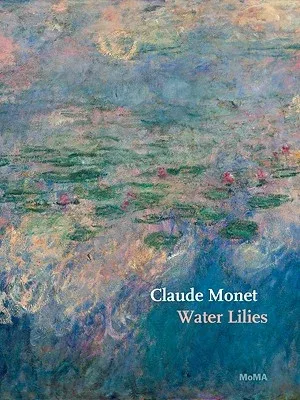Claude Monet (1840-1926) devoted the last 25 years of his career to
paintings of the Japanese-style pond and gardens of his house in
Giverny, France. Two of these luminous panels--"Reflections of Clouds on
the Water-Lily Pond," a mural-sized triptych, and "Water Lilies," a
single canvas--are among the most well-known and beloved works in the
collection of The Museum of Modern Art. The aim of these paintings,
according to the artist, was to supply "the illusion of an endless
whole, of water without horizon or bank." These late works were for many
years less appreciated than Monet's classic Impressionist works,
oftentimes seen as unstructured, even unfinished. But with the emergence
of Abstract Expressionism in the 1950s, Monet became an extraordinarily
relevant predecessor. In 1955, The Museum of Modern Art became the first
American museum to acquire one of Monet's large-scale water lily
compositions. In 1958, when a fire destroyed this and another water lily
painting, the public's widespread expression of loss led to the
acquisition of the works currently in the collection. This lively volume
recounts the history of Monet's water lilies at the Museum underscores
the resonance of these paintings with the art and artists of the last
half-century.

